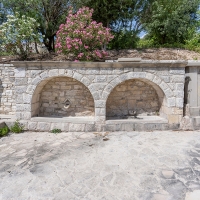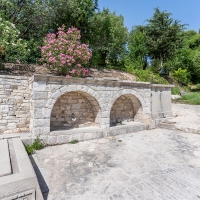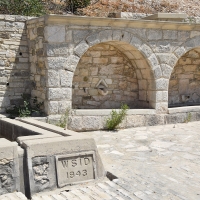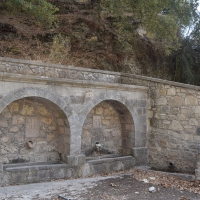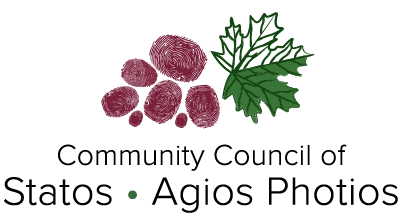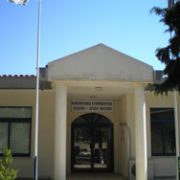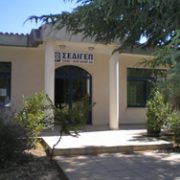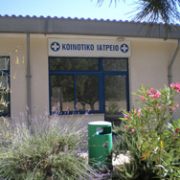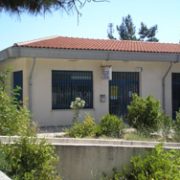History
The two villages of the province of Paphos, Agios Photios and Statos, which were at a distance of two kilometers the one from other, during the period 1966-1969, because of the rapid rainfalls, they had some devastating landslips. The government called some special geologists, in order to study the situation and it was found necessary to move the two villages to another point.
Then most of the residents of the two communities, decided for the union of the two villages. The locomotion and the union of the two communities became with the consent of the local self-government, the two communities as well as with the president of the Cypriot democracy, Archbishop Makarios C’.
At the end of 1973 the first residents of the new village began to move. After the Turkish invasion in 1974, many refugees from the possessed regions of Cyprus moved to the new village.
The unified anymore village took the name Statos-Agios Photios and is found in a border region of the province of Paphos, very close to the monastery of “Chrysorrogiatissa”. It has an altitude of 950 meters and its residents deal with the agriculture and the livestock farming. The village produces apples, grapes, pears, peaches, cherries, wines, “zivania”, “soutzouko”, grapes, “tsamarella”, sausages, “halloumi”, “trachanas”(paste made with coarse flour and sour milk), walnuts and almonds.
In the old destroyed villages are maintained some devastated houses, which are used seasonally by some shepherds that bring their flocks in the region.
The village Statos–Agios Photios in 1982 had 482 residents, while in the inventory that took place in 2001 the residents were 239. A road connects the village with the village Panagia in the northwestern side (6 km) and with the village Koilinia in the east side (1 km).
The following exist and function today in the village:
A regional municipal school, the church of Savior Christ, one of the magnificent churches of Paphos. The community buildings, which accommodate the SEDIGEP, the community medical center, the offices of the community council, as well as the community center “cafe-restaurant”. It exists also the irrigatory work of Statos-Agios Photios-Koilinia, a big dam having 140.000 cubic meters capacity of water for the needs of the communities. There are also four local wine factories, ABAKAS, KOLIOS, MAKKAS and THEOFANOUS, which produce appreciable wines.
The main characteristic of the community is its green environment because all the streets in the community are planted with walnut trees, initiative of the Archbishop of Cyprus, Chrysostomos who comes from the village. Also Stelios Kyriakides comes from the village Statos- Agios Photios.
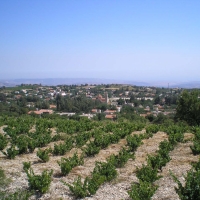
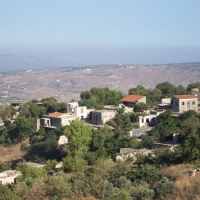
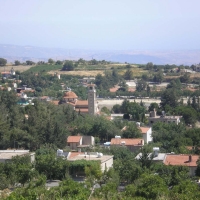
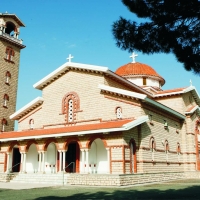
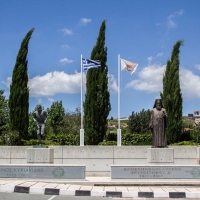
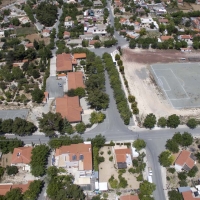
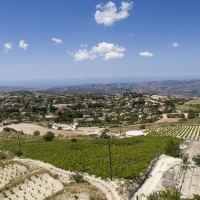
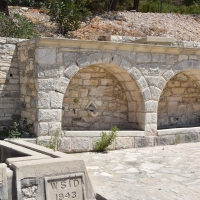
Usefull Information
| NAME | TELEPHONE |
| Community Council | 26722758 |
| Panagias Police Station | 26817484 |
| Panagias Forest Station | 26722245, 26817414 |
| Panagias Medical Center | 26722702 |
Natural Environment
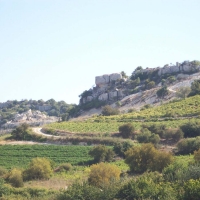
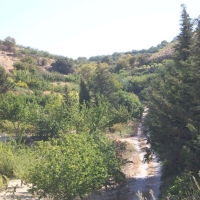
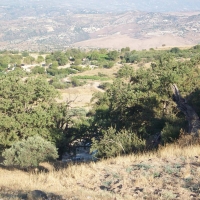
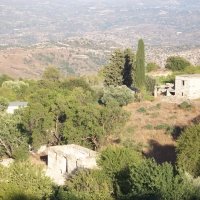
Wineries - Vineyards
Formerly, the inhabitants in the community of Statos were occupied with agriculture and vineyards a lot more. Until today, some are still into such occupations. The available and willing “young hands” do not exist in abundance as before.
The vineyards, especially those stretching within the village, planted with dark Cypriot grapes, “Xynisteri” (white grape of Cyprus), Cabernet, and -to a lesser degree -“Malaga”, still manage to produce and lend a beautiful colour to the landscape. The usual varieties of grapes take up a greater tract of land, compared to the “Malaga” grape variety. The viticulturists -for years now -cultivate their vines on a commercial basis. Almost all of them are planted in lines and their cultivation is mechanised. Also impressive are the large storage areas of the packaging plants.
Harvest season, at the end of August and -many times -the beginning of September, is a season of climax and a period of exhilaration. Because of the altitude, the vines in the Statos / Agios Photios region are the last ones to ripen and -as a result – their harvesting delays. During this period, one feels delight in watching the vine-dressers picking up the grapes, placing them in plastic boxes, loading them in small or large motor-vehicles, and transferring them to the wineries.
These hardworking viticulturists, who constantly convert barren land into vineyards, are a cause for joy. At the same time, working in these vines is also an unsaid delight and pleasure.
There are two wineries in the community. It is there that the final processing and production of the renowned wine is done. The traditional, home-made Zivania (strong, transparent, alcoholic beverage) is also present. They mostly produce the white and the red dry wine. Rarely and in very small quantities, you come across some sweet wine. Some of the better known white wines of the community are ‹‹Persephoni Dry››, ‹‹Persephoni Medium Dry››, ‹‹Avakas››; from the red ones, ‹‹Agios Fotios››, ‹‹Statos Medium Dry››, ‹‹Maratheftiko Red Dry››, ‹‹Cabernet››, ‹‹Sheras››, and ‹‹Cornetto Rose››. Also produced from grapes are the fresh, traditional “sioutzoukos” (must-stick with almonds), “palouzes” (must jelly), and “kiefteri” (dried must jelly cut in rhomboid shapes).
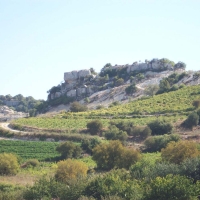
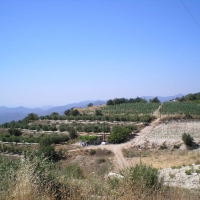
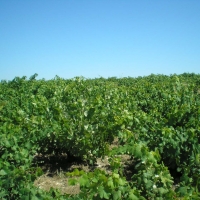
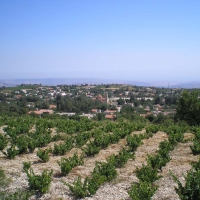
Projects
Completed Projects
The Community Council of Statos / Agios Photios due to its efforts for a better quality of life for the residents of the community, rated the works which it placed as objectives to materialize..
The works, which are already finished up to today, are the following:
- New community buildings were built , which include offices for the needs of the community council, the community medical center, the community center, offices of the COOP Bank, as well as offices of SEDIGEP.
- A community park was manufactured, one of the most beautiful parks in Cyprus, that includes paces of green, playground in order for the children to play with safety and amphitheater which is used for various events. In all the region of the community park there are big walnut trees that give an amazing beauty to the landscape.
- A small dam was manufactured for the stocking of water. The water is used for the irrigation of the village, as well as for the neighboring village Koilinia.
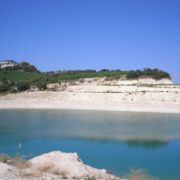
- Today all the streets of the community have a name and all the houses are numbered.
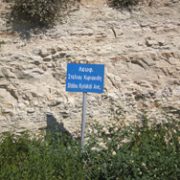
-
A Museum of Cultural Heritage and Sports History has been constructed. The premises are dedicated to Cultural Heritage and a special hall has been dedicated to honour the contribution of Stelios Kyriakides.
page 1 of 8
Scheduled Projects
The Community council does not stop here and for this reason it has also programmed other important work of infrastructure and embellishment of the community.
Some of the works, which have been programmed, are the following:
- The change of the entire water network.
- The embellishment of the community park.
- The installation of forest trees at the entry of the community.
- Conversion of the Primary School into a Tourist Information Centre.
Park
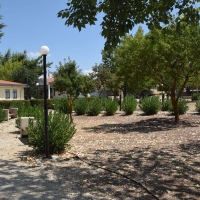
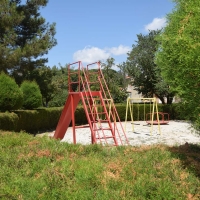
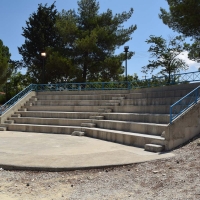
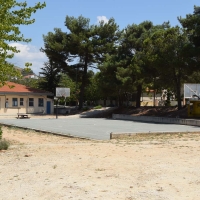
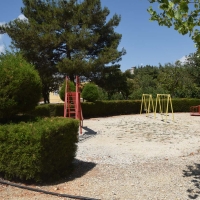
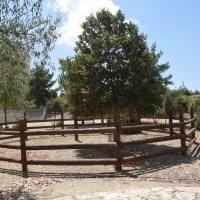
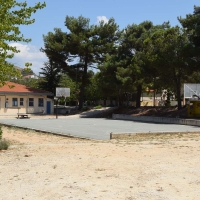
Museum of Cultural Heritage and Sports History
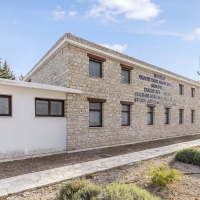
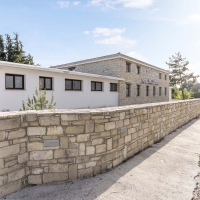
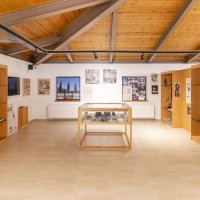
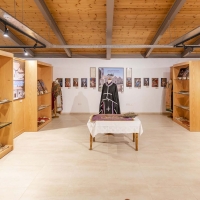
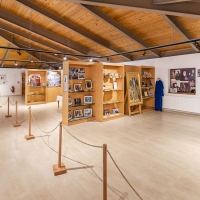
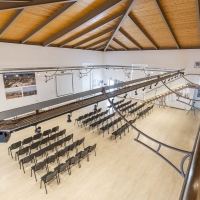
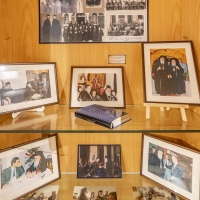
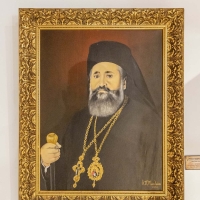
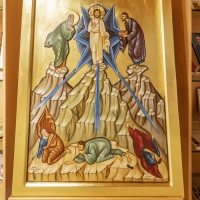
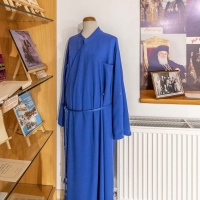
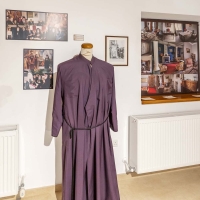
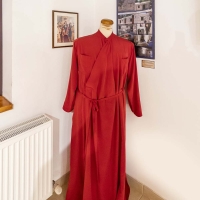
Old Fountains
